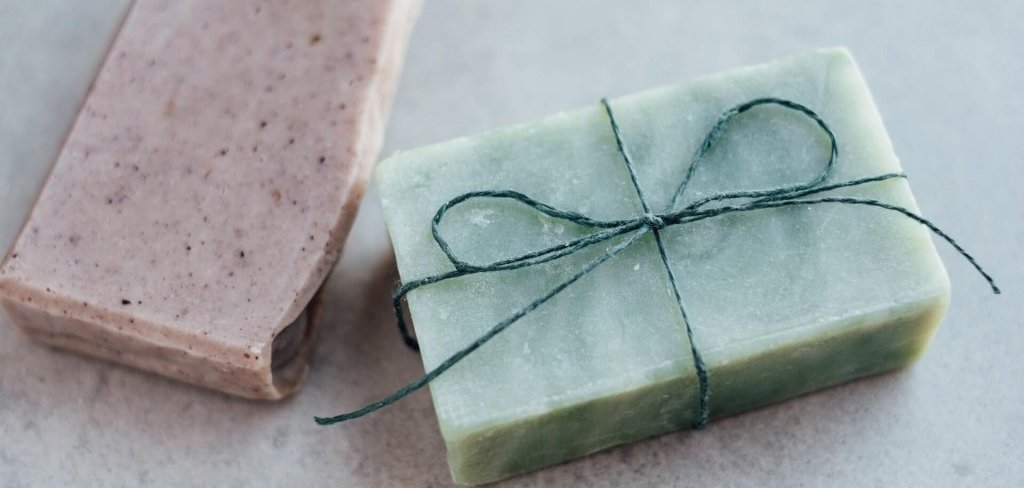If you’re interested in lightening your skin tone, either temporarily or long-term, you’ve probably read up on all kinds of hocus-pocus types of home remedies and treatments. While some have their validity, others aren’t terribly effective at getting noticeable results quickly.
There are plenty of skin lightening treatments that do work, some more quickly than others. Read through the tips shown below and decide what method of attack is right for you.
1. Sunscreen is a must:
If skin lightening is the goal, never go out into the sun without sunscreen on. Wear the good stuff, SPF30 or higher on all areas of exposed skin. UVB rays creep through the clouds, even on mildly overcast days.
2. Rub lemon juice on your skin:
Don’t knock it til you’ve tried it. The citric acid in lemon juice can be very effective, though it’s a slow-going repetitive process that needs to be repeated daily for measurable results. Simply rub undiluted lemon juice from a fresh lemon liberally, all over your skin once or twice per day. Prepare for the desired results to take months to achieve, and never go out in the sun without sunscreen on.
3. Exfoliate 3 times per week:
Exfoliation shouldn’t be done aggressively every day. Exfoliation is meant only to remove the darker dead cells as they accumulate; not the new skin. Use a particle-based exfoliation cream or loofa. A simple washcloth can also do the trick just fine.
4. Increase vitamin intake:
Low vitamin intake makes it hard for the body to remove free-radicals from your skin. Increased free radicals can cause an unnatural darkening of the skin in some people. Make sure you’re taking in the RDA of vitamin B and C. Since you’re going to be avoid bringing your skin into contact with direct sunlight, adding a vitamin D supplement is also recommended. Vitamin D is responsible for hundreds of biological processes in the body, including overall skin tone and health.
5. Eat more essential fats:
In particular, omega-3 fatty acids. Omega-3’s, like many vitamins are antioxidants which help rid the skin of free radicals. Their anti-inflammatory properties will also help reduce redness caused by pre-existing skin conditions and also help alleviate any inflammatory reactions from more aggressive lightening treatments you opt to try.
6. Stop smoking:
Smoking is bad overall. Over time, it will cause blood flow to be restricted to various parts of your body. Skin becomes ashen due to the restricted blood flow, halting any efforts you might have made to whiten your skin with other methods.
6. Don’t drink alcohol:
Alcohol, like cigarettes and many other prescription and OTC drugs interrupts the blood flow to your skin – leaving it ashen and grey-looking in color.
7. Get a chemical peel:
Chemical peels are extremely effective at whitening the skin. An acid-based chemical essentially “burns” away the top layers of skin, exposing lighter, fresher layers of skin. There are many salons and dermatology clinics that perform them, if you’d prefer to seek the help of a professional. There are also kits available for at-home use. Alpha hydroxy acid is one of the most common peeling agents found in such products. Peels are most effective at lightening skin when performed 2 or 3 times over the course of a month. Microdermabrasion is an effective substitute for people with skin sensitivity, but they’re time consuming and expensive.
8. Use a premium skin lightening cream:
No two skin lightening creams or lotions are made the same. Though this is perhaps the least invasive and most popular of all methods. Skin lightening creams basically bleach the dark pigments in our skin, leaving it whiter after the first treatment. There’s a variety of effective ingredients to look for including: alpha hydroxy acids, vitamin A and C, glycolic acid, kojic acid, and arbutin. If you’re shopping outside the US, avoid mercury-based lighteners, which are known to cause cancer and are banned in North America for that reason.
Best of Luck!
Follow the tips above and you’ll have lighter, brighter skin in no time. It’s best to try natural methods first, to see what level of success you can achieve naturally. Always use chemical-based treatments with caution and always follow the instructions on the label.




